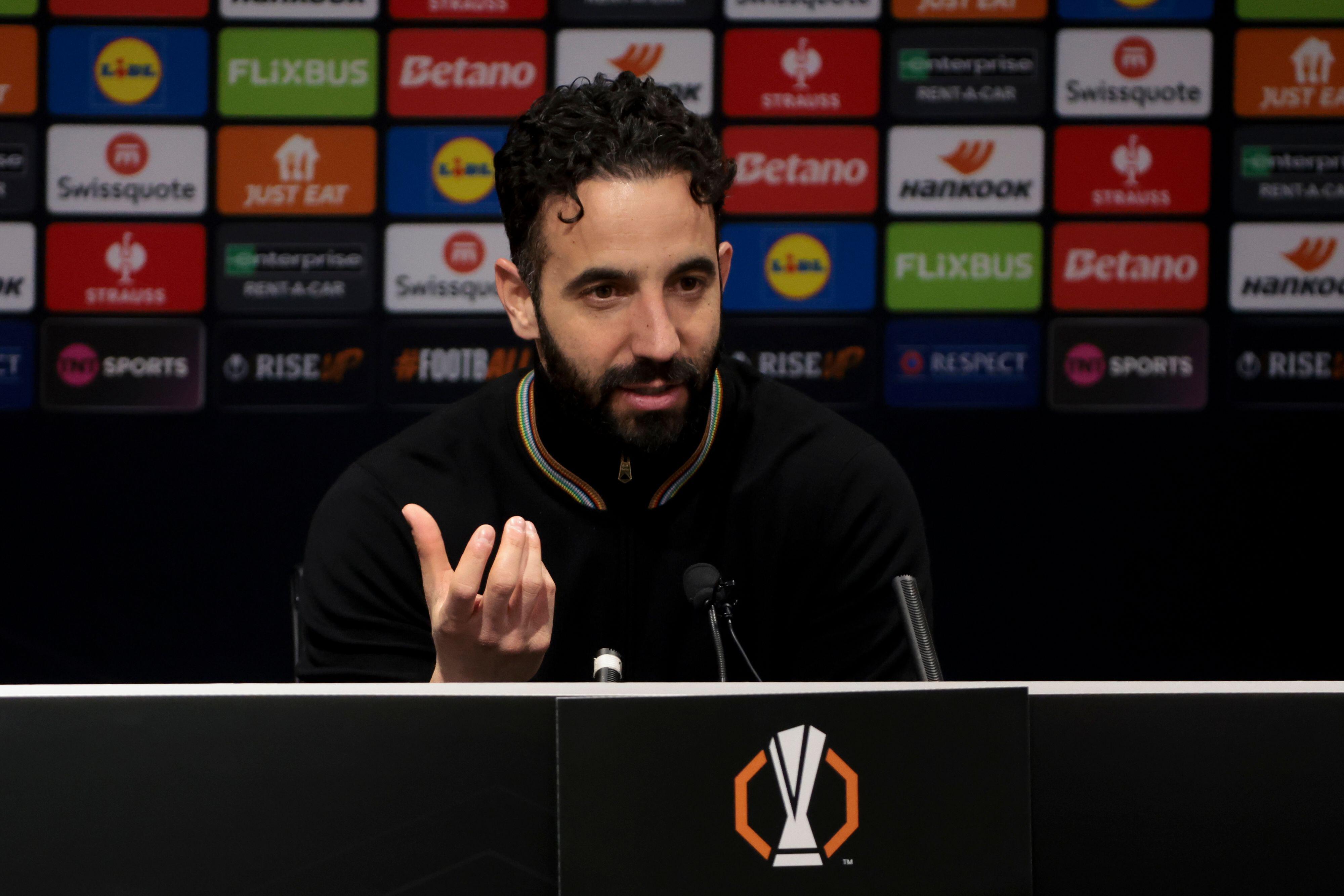Why the A-League might lose its stars
It was supposed to be a match made in heaven.
Like a beachside wedding in Home And Away, AustraliaâÂÂs switch to the Asian Football Confederation was expected to herald a prosperous and life-changing union.
But while Australians dreamed of a more egalitarian World Cup qualifying route and access to continental club football, many failed to grasp that â as in any relationship â the move was bound to be a give-and-take affair.
So while the AFC gave Australia access to more competitive football, some Asian sides have set about taking Australian players from under the noses of A-League clubs.
TheyâÂÂre doing so under the auspices of AsiaâÂÂs new âÂÂ3 + 1â rule, which allows Asian clubs to sign three foreign players, plus another from within their own confederation.
The 3 + 1 rule is the brainchild of the J. League.
Japanese clubs have long had a penchant for signing Brazilians, but lucrative salaries and a higher standard began to attract high-profile South Korean players from the neighbouring K-League.
Get FourFourTwo Newsletter
The best features, fun and footballing quizzes, straight to your inbox every week.
To accommodate both nationalities, the J. League incorporated the 3 + 1 rule for the start of the 2009 season, and Japanese sides rapidly signed up the best Korean talent on offer.
Other Asian leagues were quick to adopt the new rule, and itâÂÂs now causing problems for the A-League.
Newcastle Jets striker Joel Griffiths was the first to depart, joining brother Ryan Griffiths at Chinese Super League side Beijing Guoan.
But it was the more recent departure of Adam Griffiths â JoelâÂÂs twin brother â that should have sent alarm bells ringing at Football Federation Australia headquarters.
This season Adam Griffiths played just one game for Gold Coast United before signing a lucrative deal with Saudi side Al-Shabab.
The move may have netted Gold Coast a cool ã330,000, but it also signalled the fact that every A-League player has his price.
Unfortunately for AustraliaâÂÂs fledgling domestic league, money is no obstacle for most clubs in the oil-rich Gulf.
When Qatari side Al-Rayyan came calling for Melbourne Victory striker Danny Allsopp this week, no amount of cash was going to stand in their way.
Allsopp eventually departed for a rumoured fee of around ã415,000 â small change compared to the ã6.5 million that Q-League rivals Al-Sadd recently paid Gamba Osaka for the services of Brazilian striker Leandro.
And Allsopp, while a consistent goalscorer, is hardly the most high-profile player in the league. His exit has Gold Coast United fans concerned that prolific striker Shane Smeltz will be next.
They should be concerned, since SmeltzâÂÂs manager recently confirmed that the big Kiwi striker has already received several offers from the Gulf.
Archie Thompson may be the top goalscorer in A-League history, but he too may be tempted to cash in on one final payday and leave struggling champions Melbourne Victory.
Some A-League fans have argued that the departure of ageing players looking for one last lucrative contract is of no major concern. Certainly the players are not at fault for simply taking whatâÂÂs on offer.
But since the raison d'être of the A-League was to lure Australians back from Europe, itâÂÂs now surely of some concern that those same players are now jetting off to the Gulf.
Far from finishing their careers in the A-League, some ageing players could be about to use it as a shop window.
It was always expected to be a shop window â but for young players making their way to Europe.
That has all changed thanks to the 3 + 1 rule, which has the potential to hasten the exit of some of the A-LeagueâÂÂs most recognisable stars, and leaves many Australian clubs wondering what to do once the Gulf comes calling.
---------------------------------------------
FourFourTwo.com: More to read...
The dirt from Down Under home
Bluffer's Guide to the A-League
Blogs home
Latest Rest of the World news
News home
Interviews home
Forums home
FourFourTwo.com home
